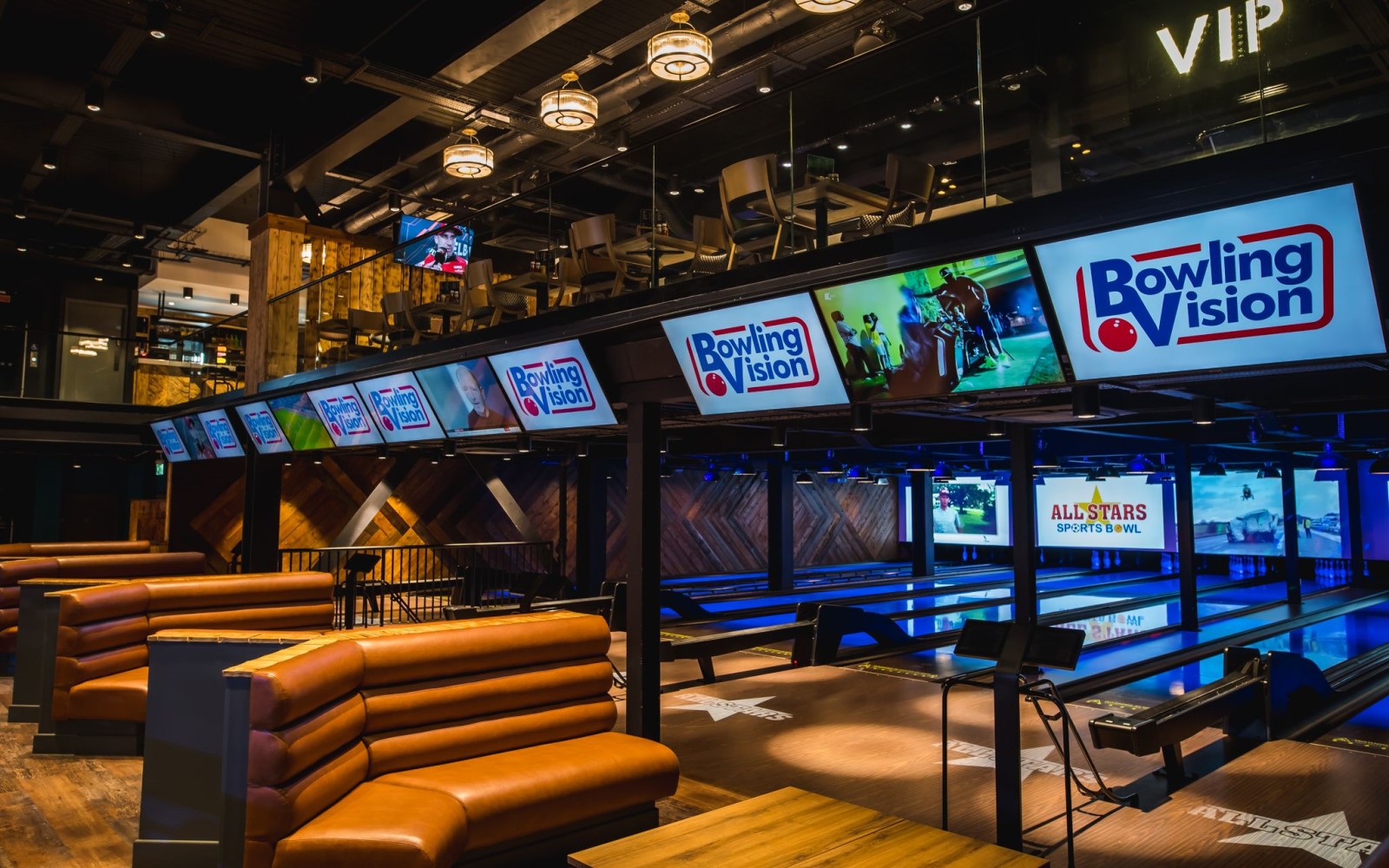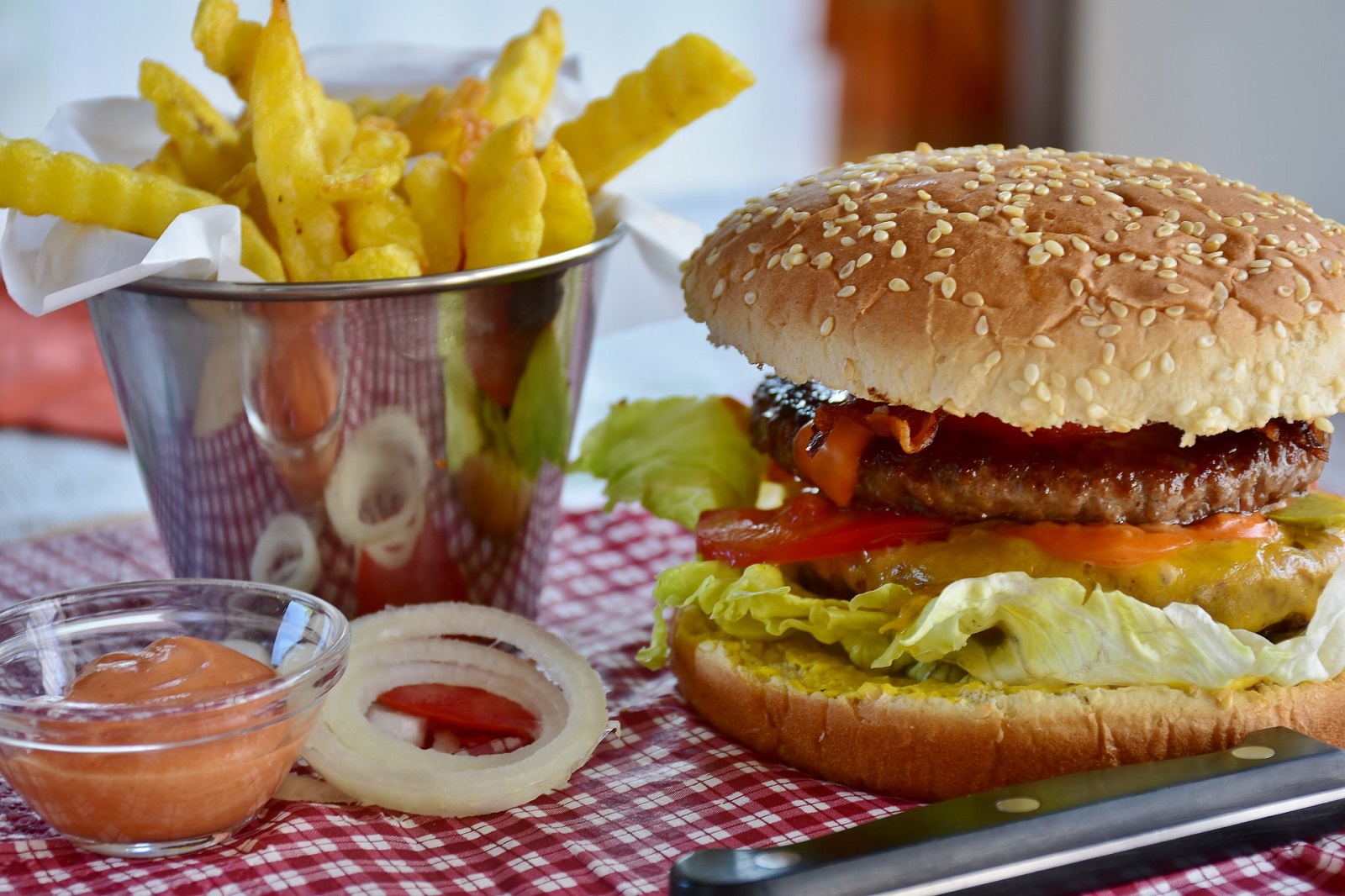The offers and packages you offer to boost off peak traffic need to be crafted as part of your strategic planning, rather than an off the cuff, stab in the dark. When packages are constructed with careful consideration you maximise the short and long term financial gain.
This blog builds upon our previous post, “Tips and Strategies for Driving Off Peak Traffic To Your Bowling Centre”. In this post we will outline the key factors which need to be considered when putting together your suite of packages – all aimed at getting people into your venue during off peak times and increasing repeat visits.
So, why is it important for packages to be so carefully designed?
Ultimately, it’s because you want to be protecting your gross profit margin. Most venues offer F&B and so any packages include a bundling together of activities with F&B. Food and drink has a quantifiable value, unlike activities, therefore, the pricing of the package and the allocation of that income within your EPOS system needs to ensure packages aren’t impacting your profit – because that’s what pays the bills!
A properly run bowling centre with, string pinsetters, should be able to recover their initial financial outlay within three or four years. Which means, after this time, the actual bowling activity runs at around 99% GP margin! Making it extremely profitable. But, also puts all the GP margin emphasis on careful management of your F&B.

Considerations when building your package
- Do any of your activities have a cost of sale? Do you have to pay a ‘fee per game’ on your electronic darts board? If so, this cost needs to be protected if you add it into a package.
- Is your GP margin less than 70%? Then there’s a problem somewhere. Maybe drinks are being over-poured, food portions not being accurately measured, there’s a high-level of F&B wastage or staff are helping themselves. Stock slippage can have a dramatic effect on your margin. So, you need to be hot on these issues and have them resolved before you start running packages.
- Does your EPOS system allocate package income to the stock lines you need to protect? When your front of house ring through a package on the till system the backend must be set up to allocate that income to cover the food and drink lines.
How sophisticated in your till system?
When building your package you need to consider the capability of your EPoS system to manage choice and allocate the income and stock accurately. Even the most basic, restricted package needs to be allocated.
E.g After Work Deal: 1 game of bowling, 1 Billy’s Special Burger & 1 bottle of Heineken (no alternatives or substitutions available). Your system should be able to handle allocating out the package cost to cover the full value of the burger and the beer and any remainder to bowling.
When it comes to more complex packages where there is greater choice then you’ll need to engage some price forcing – selecting the most popular product choice or midrange.
E.g if your package includes three drinks choices: Coors usual cost £3, Becks £2.50 and Heineken £3.50. When the package goes through the till, you’ll force the cost to be £3, regardless of which drink they choose.

The children’s birthday party
The most important factor here is protecting the GP margin and good stock control. So, what’s the issue with parties? Till systems are not able to dynamically shift around costs depending on the number of children and which features they have. A birthday party is a birthday party and EPoS systems provide very little flexibility, therefore your goal should be to set up your system to manage stock allocation as accurately as possible.
The package: 12 children, 1 game of bowling, party food, squash, 1 party cake, 2 drinks for the organising parents, a free balloon for the birthday child and party bags.
The issue: All the costs need to be spread equally across each child. You can’t allocate the cake, drinks for parents and free balloon to the birthday child.
What do you do? You need to have some idea of how many children attend your average birthday party. Often it’s 12. When you set up the party package on the till system you need to allocate to “1 x child”:
- 1/12th of a cake
- 1/6th of cappuccino (to cover two drinks)
- 1/12th of a party balloon
- 1 x kids chips
- 1 x kids nuggets (price forcing might be needed if you are offering nuggets, pizza & sausage)
- 1 x squash
- 1 x party bag
- 1 x game of bowling
So, whether you’re running through 8 children, 10 children or 18 children – the allocation of costs is the same. Clearly this will skew your stock by fractions on cake, balloons & cappuccino – but if you select your average carefully then it will roughly balance out.
Brunswick Sync – your best friend
Brunswick Sync is particularly excellent at managing packages. As well as having the capacity to manage complex packages (like the birthday party above) it has other useful functions, which ease organisational pressures. For example, when your birthday party people arrive and the final bill is paid; how do your kitchen find out about food numbers / choices? Sync holds the kitchen prompt, allowing the party host to confirm choices with the party guests then they can release the food order to the kitchen when required – which is much easier for the kitchen to manage.
The construction and management of packages is complex and can have significant impact on your GP margin if not done well. A good EPOS system will transform your ability to effectively allocate and track stock & GP margin. If you would like some support with reviewing or implementing packages within your bowling centre our Support Team would be happy to work with you.
You might also benefit from these articles:






